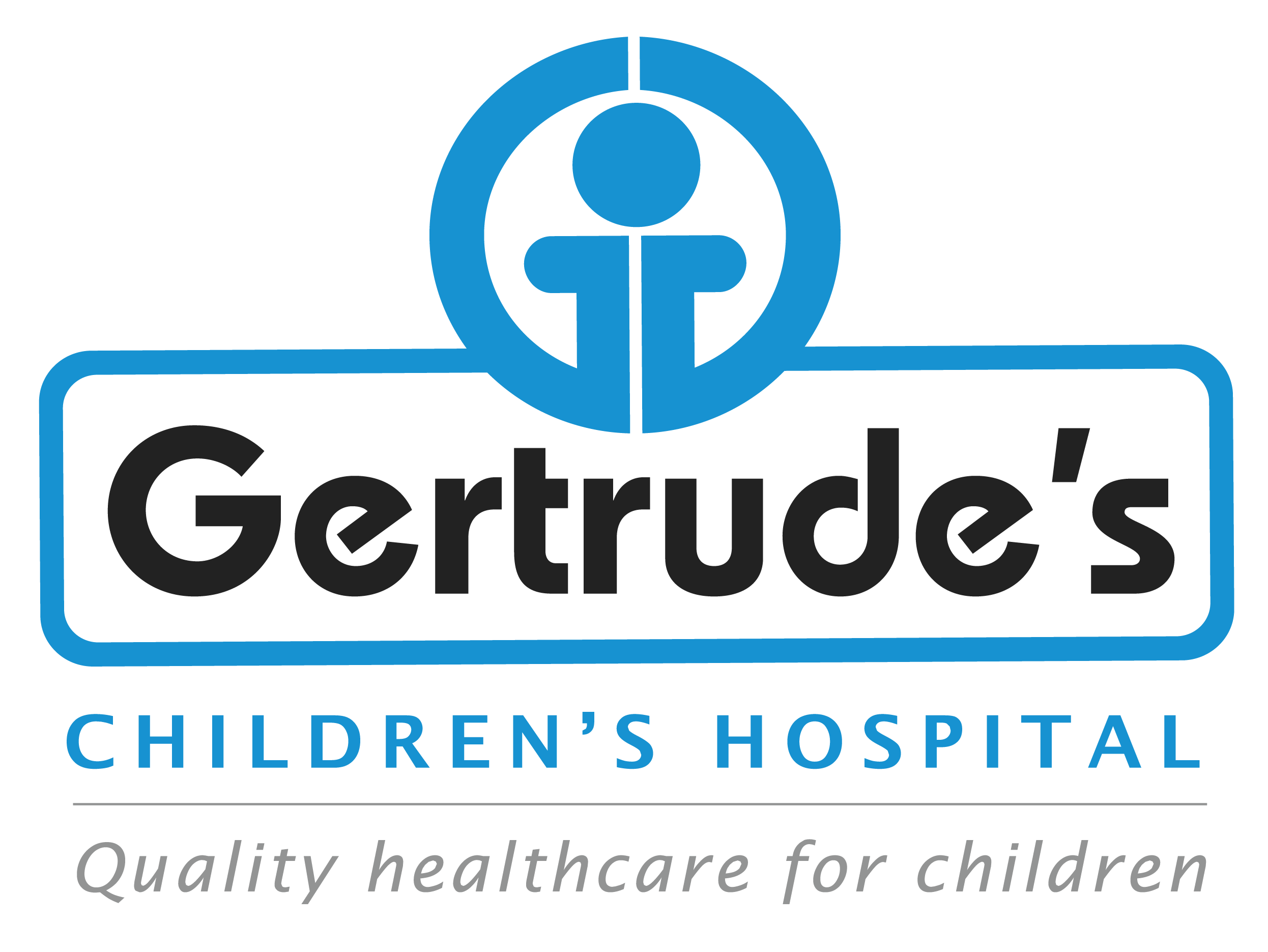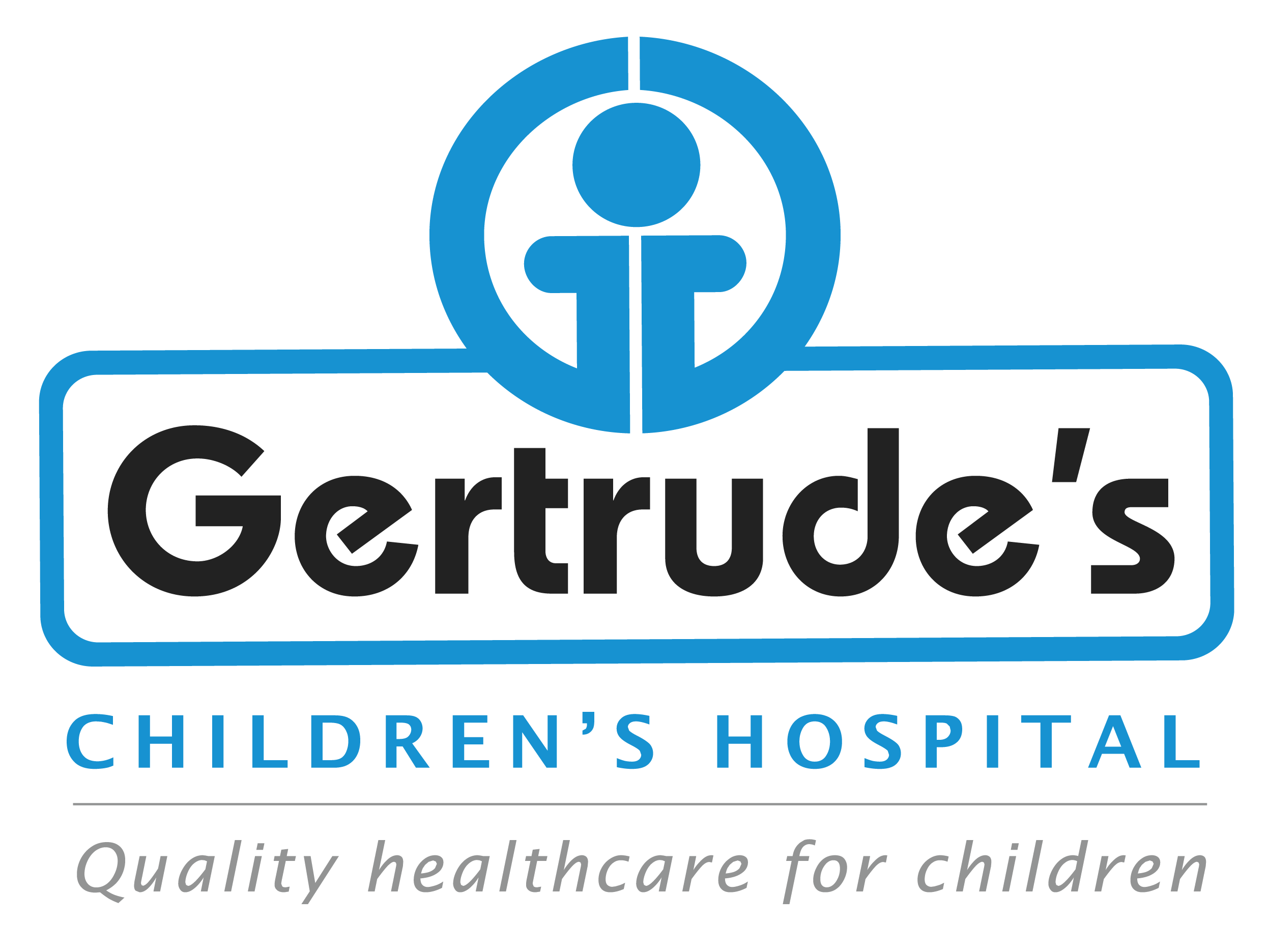Oral lichen planus is a chronic inflammatory condition that affects the mucous membranes in the mouth. It is characterized by white, lacy patches or lesions that can cause discomfort and pain. Although it is not contagious, this condition can significantly impact a person’s quality of life.
Symptoms
Symptoms of oral lichen planus may include:
• White patches or lacy lines on the inner cheeks, gums, tongue, or lips.
• Redness and swelling in the affected areas.
• Pain or a burning sensation, especially when eating spicy, salty, or acidic foods.
• Dry mouth or a metallic taste.
• White patches or lacy lines on the inner cheeks, gums, tongue, or lips.
• Redness and swelling in the affected areas.
• Pain or a burning sensation, especially when eating spicy, salty, or acidic foods.
• Dry mouth or a metallic taste.
Causes
The exact cause of oral lichen planus is not fully understood, but several factors may contribute:
• Immune System Dysfunction: It is believed that the immune system mistakenly attacks the cells of the oral mucosa.
• Genetic Factors: A family history of lichen planus may increase susceptibility.
• Triggers: Certain medications, dental materials (like metal fillings), stress, and infections can provoke or worsen symptoms.
• Immune System Dysfunction: It is believed that the immune system mistakenly attacks the cells of the oral mucosa.
• Genetic Factors: A family history of lichen planus may increase susceptibility.
• Triggers: Certain medications, dental materials (like metal fillings), stress, and infections can provoke or worsen symptoms.
Diagnosis
To diagnose oral lichen planus, healthcare providers typically:
• Perform a physical examination of the mouth.
• Take a biopsy of the affected tissue to confirm the diagnosis and rule out other conditions.
• Conduct blood tests to check for related health issues, such as hepatitis C.
• Perform a physical examination of the mouth.
• Take a biopsy of the affected tissue to confirm the diagnosis and rule out other conditions.
• Conduct blood tests to check for related health issues, such as hepatitis C.
Treatment Options
While there is no cure for oral lichen planus, treatments aim to relieve symptoms and reduce inflammation. Options include:
• Topical Corticosteroids: These are often the first-line treatment to reduce inflammation and pain. They can be applied directly to the lesions.
• Systemic Corticosteroids: For severe cases affecting multiple areas, oral steroids may be prescribed for a limited time.
• Calcineurin Inhibitors: Medications like tacrolimus and pimecrolimus can be effective for treating painful lesions.
• Pain Relief: Topical anesthetics can help manage pain in the affected areas.
• Lifestyle Adjustments: Avoiding irritants such as spicy foods, alcohol, and tobacco can help manage symptoms.
• Topical Corticosteroids: These are often the first-line treatment to reduce inflammation and pain. They can be applied directly to the lesions.
• Systemic Corticosteroids: For severe cases affecting multiple areas, oral steroids may be prescribed for a limited time.
• Calcineurin Inhibitors: Medications like tacrolimus and pimecrolimus can be effective for treating painful lesions.
• Pain Relief: Topical anesthetics can help manage pain in the affected areas.
• Lifestyle Adjustments: Avoiding irritants such as spicy foods, alcohol, and tobacco can help manage symptoms.
Frequently Asked Questions
Q: Is oral lichen planus contagious?
A: No, oral lichen planus is not contagious; it cannot be spread from person to person.
Q: How long does treatment take?
A: Treatment duration varies depending on severity; regular follow-ups are important to monitor progress.
Q: Can oral lichen planus lead to cancer?
A: There is a slight risk of malignant transformation in some forms of lichen planus; regular monitoring is recommended.
Contact
Please feel free to contact us with any general or medical enquiry by calling us.





